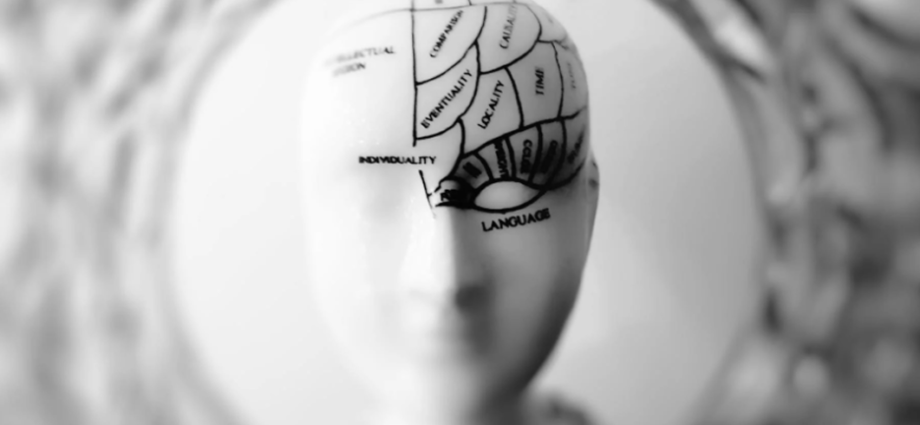|
|
Our brain is the single most important sex organ. Our own imagination can and often does influence sexual arousal and our desire. People who have little or no genital sensation due to spinal cord injuries, can still feel sexual desire (Willmuth, 1987). Also consider the potential of erotic sensation derived from our dreams. Sleep researchers have discovered that arousal accompanies all types of dreams, even though most dreams have little or no sexual content. But in nearly all men and in 40 percent of women (Wells, 1986), dreams sometimes do contain sexual images that lead to orgasm.
Memories and Fantasies
Often, people who are totally wide awake become sexually aroused – not only by memories of prior sexual activities but also by fantasies. In one survey of masturbation-related fantasies (Hunt, 1974), 19 percent of women and 10 percent of men reported imagining being taken by someone overwhelmed with desire for them.
Asexual
In one British survey of over 18,000 people, one percent were actually asexual, having never felt sexually attracted to anyone at all (Bogaert, 2004).
Men Fantasize More
Other surveys report 95 percent of both men and women said they have had sexual fantasies. But men fantasize about sex more often, more physically, less romantically, and prefer less personal and faster-paced sex content in books and videos (Leitenberg & Hemming, 1995). And contrary to some thinking, fantasizing about sex does not indicate a sexual problem or dissatisfaction. Conversely, sexually active people have more sexual fantasies.
This report is not a diagnosis. We hope this information can guide you toward improving your life.
Review our Knowledge Base or the links displayed on this page for similar and related topics.

